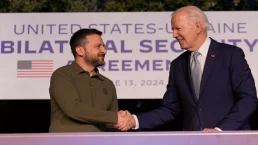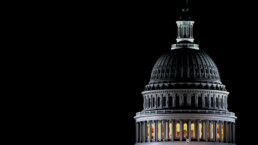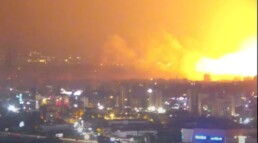If he wanted to handcuff Trump’s plan to end the war, this was the way to do it.
By Mark Episkopos, Responsible Statecraft

The announcement was tempered by some hedging, with officials telling the Washington Post that the initial missile strikes will “focus on and around” Russia’s southeastern border region of Kursk, though they “could expand” in the future.
The decision was preceded by weeks of public insistence by White House spokesman John Kirby and others that ATACMS strikes inside Russia offer limited operational value and are constrained by insufficient stocks. This kind of hair splitting and drastic policy reversal is not atypical of the Biden administration’s approach, with similar stories playing out in recent years over U.S. provisions of Patriot missile systems and HIMARS missiles to Ukraine.
The military logic by which these bans are imposed and subsequently lifted was always dubious at best, even as the stakes, and escalatory risks, have steadily crept up.
The administration cited alleged deployments of North Korean troops in Kursk as a major reason for lifting the ban. The goal, apparently, is to deter Pyongyang from deepening its involvement in Ukraine. This is a puzzling rationale. That there are discrete North Korean brigades fighting in Kursk itself is hardly an established fact. But their participation is a non-factor in determining the overall outcome of the war.
Recent Posts
The House Is Ready To Pass A “Nonprofit Killer” Bill
November 18, 2024
Take Action NowDozens of Democrats still support the bill — giving the Republican-controlled House plenty of breathing room to pass it next…
Why Does Israel Inspire Such Transparent, Fanatical Lying?
November 15, 2024
Take Action NowOfficials routinely lie and obfuscate, of course, but Zionists indulge an extreme brand that turns even the most obvious…
Four Myths About Kamala Harris’s Loss
November 15, 2024
Take Action NowIn assessing Donald Trump’s victory, pundits have claimed the country turned right, the Harris campaign was too far left and…
Mainstream Media Is Priming Viewers For Slaughter In Lebanon
November 14, 2024
Take Action NowThe media wants to inure viewers to the scenes of slaughter from Lebanon that they may see in the coming weeks.…




